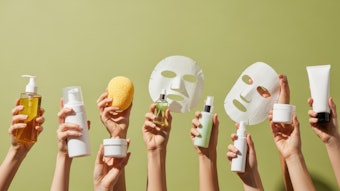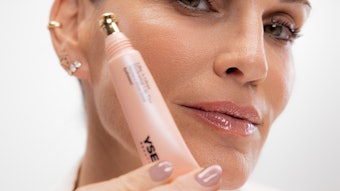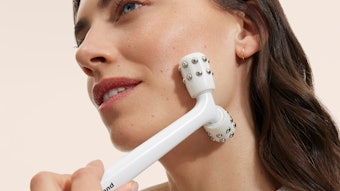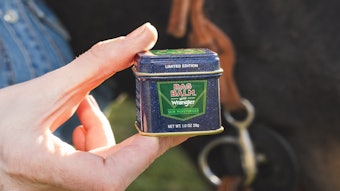The frugal and pragmatic approach of tackling tasks in the home rather than paying for services is increasingly shaping consumer markets. In fact, this year’s HBA Global Expo will see three unique industry experts team up to present a session where key dynamics and trends of the growing do-it-yourself (DIY) beauty consumer will be explored. Kline & Company will elaborate upon market opportunities, alongside technology and product development expert Sagentia discussing the enabling technologies, of which the third party presenter, mySkin, is a market-leading example.
Karen Doskow, industry manager, consumer products, at Kline & Company, will kick off the session with an in-depth look at the latest trend booming among do-it-yourselfers—at-home beauty devices—analyzing market size and trends, and focusing on how skin care needs that have been traditionally met through visits to a doctor’s office or spa are now being performed at home. “Convenience and a certain economic rationalism are motivating consumers to bring home the beauty experience traditionally provided by estheticians or physicians,” says Doskow. “It's a large and growing phenomenon, with at-home beauty devices offering multiple benefits a notable driving force. Presently, there are few truly multifunctional devices on the market, but as is already the case in Asian markets, these will become the norm rather than the exception.”
A key part of this discussion is the importance of using science, technology, and design to create valuable at-home personal care experiences. Dr. Peter Luebcke, senior technology consultant, consumer products, at Sagentia, highlights the potential for innovation in therapeutic beauty devices, with a focus on anti-aging devices. A specific emphasis will be on the growing importance of personalization in the aesthetics market and the technologies available to help achieve this. “There is a new device opportunity in the cosmetics and beauty industry that meets home-use and FDA regulated standards, but also creates a product with perceptible benefits for the consumer,” says Luebcke. “Through innovative approaches and a number of technological modalities, at-home devices can deliver greater efficacy and personalization for the everyday consumer.”
Rahul Mehendale, CEO, mySkin, is focusing on how home-based DIY diagnosis can be further augmented by social proof, which identifies the best, personalized treatment options for consumers. “The power to measure skin in the hands of the DIY consumer is going to dramatically change the marketing messages of brands,” says Mehendale. “Not only will it further force product efficacy, but more importantly they will join forces with diagnostic device makers to better customize their products to specific consumer needs versus generic tastes.”










